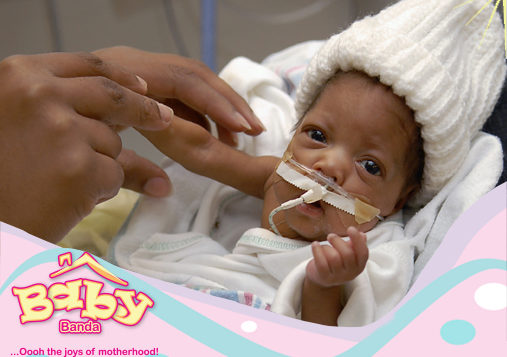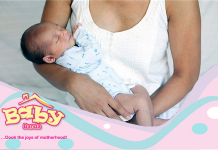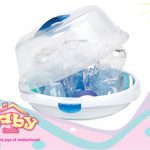Cleft Palate and Cleft Lip
Cleft palate and cleft lip are some of the most common birth defects that happen as a baby is developing in the womb. A cleft, or opening, in either the palate or lip, can happen together or separately, and both can be corrected through surgery. Both conditions can prevent babies from forming a good seal around the nipple and areola with his or her mouth or effectively removing milk from the breast. A mother can try different breastfeeding positions and use her thumb or breast to help fill in the opening left by the lip to form a seal around the breast.
Right after birth, a mother whose baby has a cleft palate can try to breastfeed her baby. She can also start expressing her milk right away to keep up her supply. Even if her baby can’t latch on well to her breast, the baby can be fed breast milk by the cup. In some hospitals, babies with cleft palate are fitted with a mouthpiece called an obturator that fits into the cleft and seals it for easier feeding. The baby should be able to exclusively breastfeed after his or her surgery.
Premature and/or Low Birth Weight
Premature birth is when a baby is born before 37 weeks’ gestation. Prematurity often will mean that the baby is born at low birth weight, defined as less than 2kg. Low birth weight can also be caused by malnourishment in the mother. Arriving early or being small can make for a tough adjustment, especially if the baby has to stay in the hospital for extra care. But keep in mind that breast milk has been shown to help premature babies grow and ward off illness. Most babies who are of low birth weight but born after 37 weeks (full-term) can begin breastfeeding right away. They will need more skin-to-skin contact with mom and dad to help keep them warm. These smaller babies may also need more frequent feedings, and they may get sleepier during those feedings.
Many babies born prematurely are often not able to breastfeed at first, but they do benefit from expressed milk. You can express colostrum by hand or pump as soon as you can in the hospital. You will need to express milk as often as you would have breastfed, so about 8 times in a 24-hour period. Once your baby is ready to breastfeed directly, skin-to-skin contact can be very calming and a great start to your first feeding. Be sure to work with a lactation consultant on proper latch and positioning. Many mothers of premature babies find the cross-cradle hold helpful.
There is a lot to learn from breastfeeding positions.













